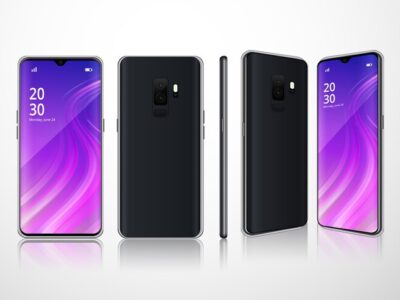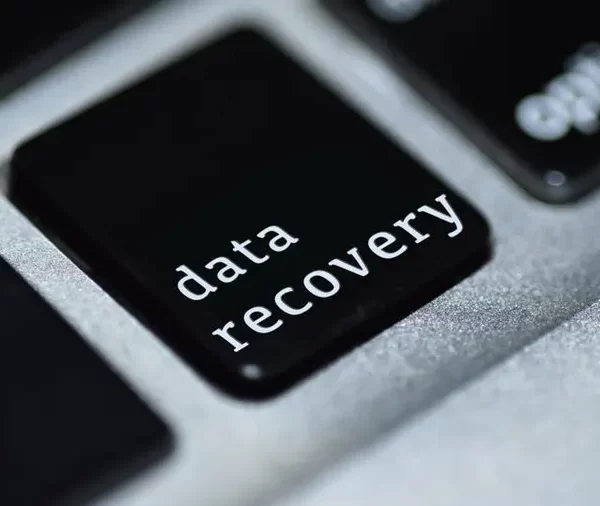
In the landscape of social welfare, certain government initiatives stand out as vital pillars of support for vulnerable populations. One such program is the Lifeline Government Program, a lifeline indeed for millions of individuals and families across the nation. This article delves into the multifaceted nature of the Lifeline program, its historical roots, evolution, impact, and the ongoing debates surrounding its effectiveness and expansion.
Understanding the Lifeline Government Program:
The Lifeline Government Program, established in 1985 during the Reagan administration, is a federal assistance program aimed at providing discounted phone services to low-income households. Initially focused solely on landline phone services, the program has evolved over the years to include mobile phone services and, more recently, broadband internet access.
The primary goal of the Lifeline program is to ensure that all Americans have access to essential communication services, regardless of their socioeconomic status. By subsidizing phone and internet services, the program seeks to bridge the digital divide and empower low-income individuals to participate fully in society, access educational and employment opportunities, and connect with essential services.
Key Components of the Lifeline Program:
- Subsidized Phone Services: The core component of the Lifeline program is the provision of discounted phone services to eligible households. Qualified participants receive a monthly discount on their phone bills, making it more affordable for them to stay connected with friends, family, employers, and emergency services.
- Expansion to Broadband Internet: Recognizing the growing importance of internet access in today’s digital age, the Lifeline program expanded in 2016 to include broadband internet services. This expansion was a significant step towards addressing the digital divide and ensuring that low-income households have access to the online resources and opportunities necessary for success.
- Eligibility Criteria: To qualify for the Lifeline program, individuals must meet certain income guidelines or participate in federal assistance programs such as Medicaid, Supplemental Nutrition Assistance Program (SNAP), Supplemental Security Income (SSI), Federal Public Housing Assistance (FPHA), or Veterans Pension and Survivors Benefit. Eligibility criteria vary slightly depending on the state and the specific services offered.
- Oversight and Administration: The Lifeline program is overseen by the Federal Communications Commission (FCC) and administered by the Universal Service Administrative Company (USAC). These agencies work together to ensure compliance with program rules, certify eligible telecommunications carriers, and monitor the effectiveness of the program.
Impact of the Lifeline Program:
- Access to Communication Services: The Lifeline program has had a significant impact on increasing access to communication services for low-income households. By subsidizing phone and internet services, the program has enabled millions of individuals to stay connected with their communities, access essential resources, and communicate with employers, healthcare providers, and emergency services.
- Educational Opportunities: Access to broadband internet through the Lifeline program has opened up new educational opportunities for low-income students. With internet access at home, students can complete homework assignments, conduct research, and access online learning resources, leveling the playing field and improving academic outcomes.
- Economic Empowerment: Affordable phone and internet services provided through the Lifeline program empower individuals to pursue economic opportunities and improve their financial stability. With access to communication tools and online job search platforms, participants can seek employment, apply for government assistance programs, and access financial services more easily.
- Health and Safety: The Lifeline program plays a crucial role in ensuring the health and safety of low-income individuals and families. Access to phone services allows participants to call for help in emergencies, schedule medical appointments, and access telehealth services. Moreover, broadband internet access facilitates access to health information, online pharmacies, and telemedicine services, particularly in rural and underserved areas.
Debates and Controversies:
While the Lifeline program has been instrumental in expanding access to communication services for low-income households, it has also faced criticism and controversy over the years. Some of the key debates surrounding the program include:
- Funding and Oversight: Critics argue that the Lifeline program is susceptible to waste, fraud, and abuse due to lax oversight and insufficient safeguards. Concerns have been raised about the effectiveness of measures to prevent duplicate enrollments, verify eligibility, and monitor program integrity.
- Digital Divide: While the expansion of the Lifeline program to include broadband internet services was a significant step towards addressing the digital divide, critics argue that more needs to be done to ensure universal access to high-speed internet. Disparities in broadband infrastructure and affordability persist, particularly in rural and underserved areas.
- Eligibility Requirements: There is ongoing debate about the eligibility criteria for the Lifeline program and whether they adequately reflect the needs of low-income individuals and families. Some argue that the income thresholds are too restrictive and exclude households that may still struggle to afford communication services.
- Future of the Program: As technology continues to evolve and communication services become increasingly digital, there are questions about the future relevance and effectiveness of the Lifeline program. Policymakers and stakeholders must consider how best to modernize and expand the program to meet the changing needs of low-income households.
Conclusion:
The Lifeline Government Program stands as a testament to the commitment of policymakers to ensure that all Americans have access to essential communication services. Since its inception, the program has played a vital role in increasing access to phone and internet services for low-income households, empowering individuals to connect with their communities, access educational and economic opportunities, and maintain their health and safety.
While the Lifeline program has made significant strides in bridging the digital divide, challenges remain in ensuring universal access to affordable communication services. Policymakers, stakeholders, and advocates must continue to work together to strengthen the program, address its shortcomings, and adapt to the changing needs of low-income households in the digital age. By investing in the Lifeline program and expanding access to essential communication services, we can build a more equitable and inclusive society where everyone has the opportunity to thrive.
Visit home










